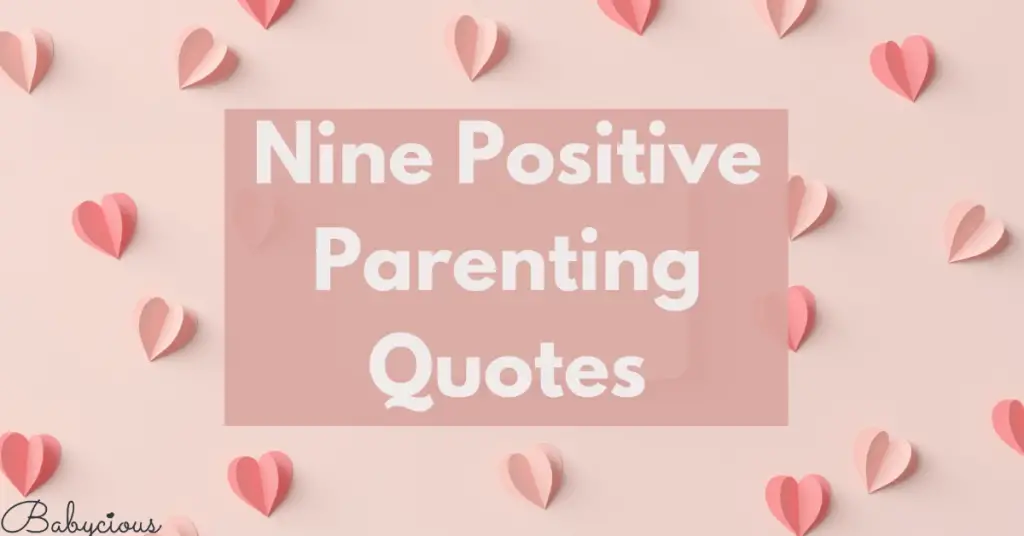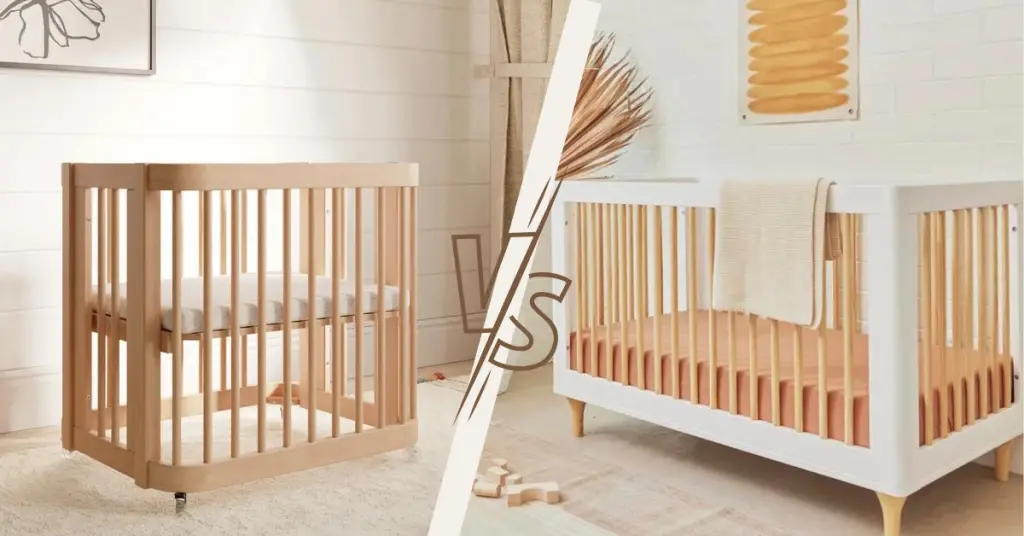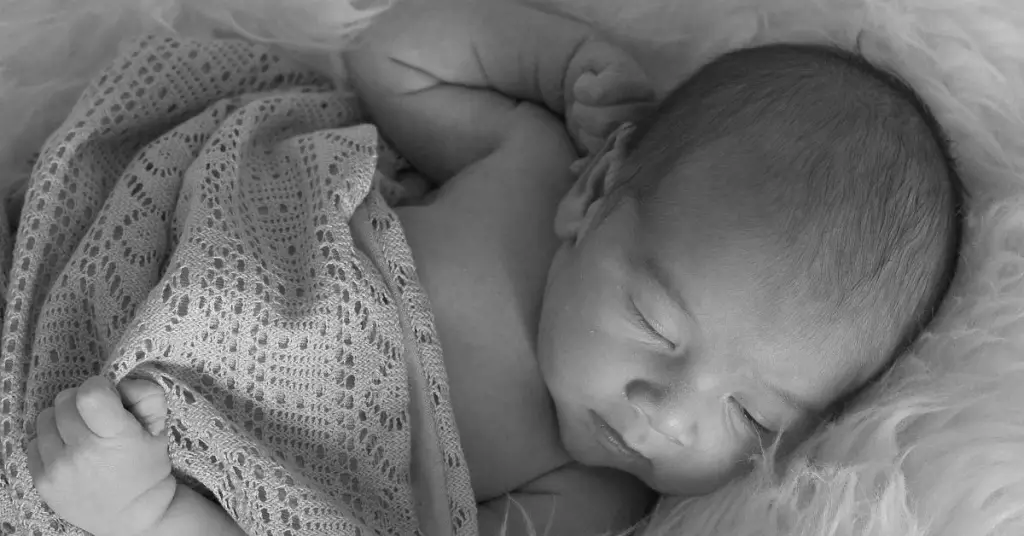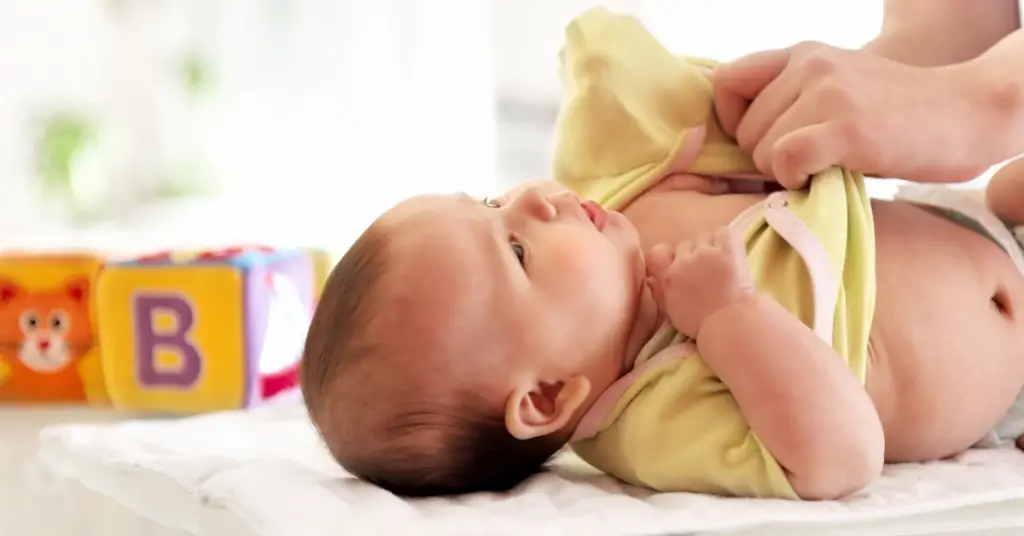Wondering if you can put a crib mattress on the floor? Check out this post for everything you need to know including which type of crib mattress is best for a floor bed.
The products mentioned on this page were independently selected by Babycious editors. As an Amazon Associate, Babycious may earn a commission from qualifying purchases.
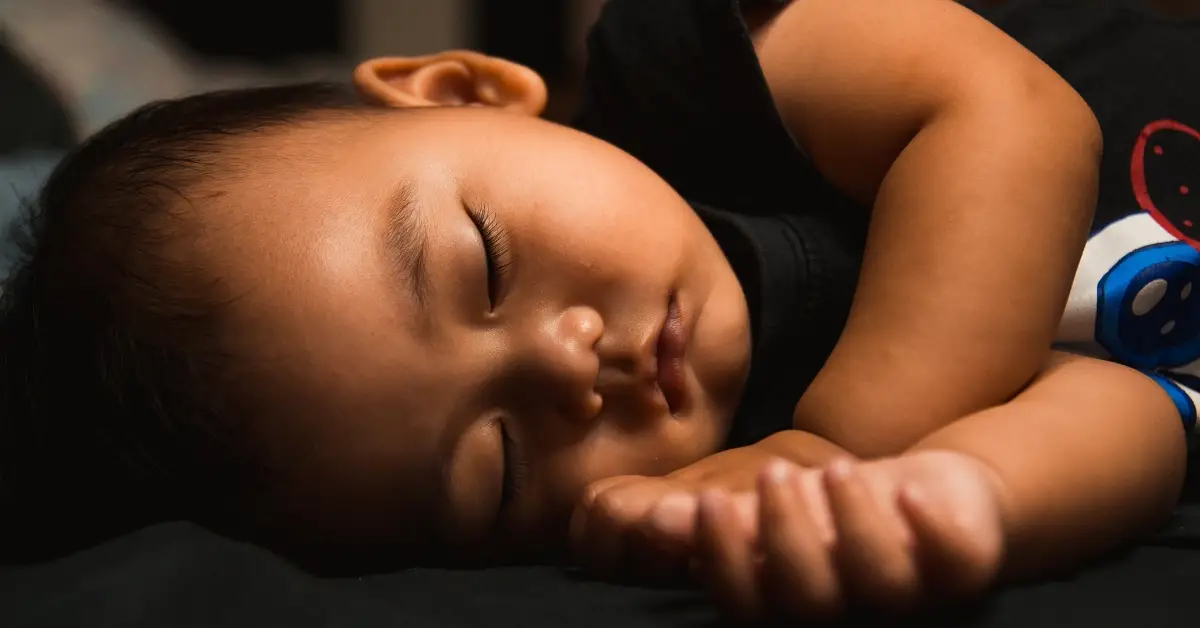
Photo by @igordoon
Crib mattresses are often a necessary purchase for a nursery, and although they are primarily meant to be used inside a crib, some parents in various stages of their baby’s development wonder if it is safe to put a crib mattress on the floor and have it be the bed.
The question arises mostly when parents notice that their child is showing signs of being able to climb out of the crib, and they are concerned about the child injuring themselves if they were to fall out of bed. Falling from the crib, as studies show, can indeed lead to serious injuries and has to be prevented by adjusting your child’s sleeping arrangement as soon as possible.
I also get this question asked by parents who are interested in the Montessori approach for their child’s room but don’t have a typical wooden frame Montessori bed. They often wonder if they could put the mattress on the floor instead of a bed frame.
Whatever the reason for the question, the answer is yes, you can put the crib mattress on the floor for your child to sleep on. Better yet, you can use a mattress on the floor for your baby right from the start or wait until the 6-month-old mark when your baby starts getting more mobile so you get more benefits from this sleeping setup.
The Montessori Approach
There are several reasons why this sleeping arrangement is not only safe but also beneficial for your baby. It’s in fact a part of the Montessori approach for babies, and many parents who follow this parenting style never use a crib, they just use a mattress on the floor right from the beginning. One of the main reasons is that it gives your baby a sense of independence and autonomy right from the start.
A floor mattress can be safer than a co-sleeping arrangement, but it won’t be as straightforward as a standard bassinet or crib for the first few months
Having the crib mattress put directly on the floor gives your child the opportunity to climb in and out of bed to play with toys or to come to you when they are ready for a cuddle or feeding. This is the way young children learn best, by exploring and trying things. And it definitely makes mornings more pleasant when your toddler can come to find you in bed instead of crying for you from their crib!
Dropping the Crib Mattress All the Way to The Floor
If the Montessori approach is not for you, and you’re just worried about your child climbing out of the crib, dropping the crib mattress all the way to the floor while keeping it inside the crib’s frame can be a solution, but it’s not recommended because it comes with a few risks.
The main problem is that you don’t want any possibility that your child gets pinned between the mattress and the crib’s frame, which is a very real possibility if the mattress isn’t firm enough and the crib’s frame is higher than the mattress itself, so it’s definitely something you want to avoid.
Another problem is that, if your child still manages to climb out of the crib even if it’s lowered to the floor, they risk falling from an even higher distance and injuring themselves, so it’s not really a safer solution in the long run. It’s actually better to just move your baby to a toddler bed or a floor bed if you notice that they are starting to climb out of the crib.
Keep These Things in Mind
That being said, there are a few things to consider before actually putting your crib mattress on the floor for your baby to sleep on:
- Baby proofing the room. Because your baby will start exploring their surroundings unsupervised, you need to be extra vigilant about babyproofing the room. Remove any sharp objects or anything that could potentially be harmful to your baby, and make sure there are no cords or wires that they could trip over or pull on. Check out all our baby-proofing tips here.
- Mold problems. (I learned this one the hard way). If you live in a humid climate, or if your home is prone to mold, putting the mattress on the floor could actually make the problem worse. keep reading for our tips to avoid this problem.
What Kind of Mattress Is Best for A Floor Bed?
The type of mattress you use is an important consideration when you’re using a floor bed. Choosing a mattress that is firm, thin, big, and low enough takes the bulk of the concerns around using a floor bed.
Using a pack’n play style board or a Japanese style futon instead of a regular mattress has the advantage of virtually having no drop
- Cushioning the Fall
Your child will fall off the mattress at times, and there’s little chance they will be hurt by a 4-inch drop, but they could wake up from it. That’s why you want to try and cushion the fall. To do so, make sure the floor is soft enough by using a carpet or a fluffy rug on the area surrounding the floor bed.
- Twin Size vs Crib Mattress
If you have the choice between using a twin-size mattress or a crib mattress, it’s better to go for a bigger mattress to give your child enough space to roll over and move around. It will also be more comfortable for you when you’re snuggling with your baby in bed! Just beware of the firmness of the mattress. Most larger mattresses won’t be firm enough to use in the first year of your baby’s life as they will likely not meet the AAP guidelines for firmness.
Final Thoughts
Putting the crib mattress on the floor for your baby to sleep on can be a very good (and safe) idea if done right, but my personal advice on this matter would be to prioritize convenience and comfort over any parenting philosophy for the first few months at least. You can then get a better sense of what works best for you and your baby and make a better decision on the right sleeping arrangement.
If you’re thinking about putting your crib mattress on the floor, or if you have any questions, please feel free to leave a comment below! I would love to hear from you.
The purpose of this article is informative and educational only. It’s not a substitute for medical consultation or medical care. We do not accept any responsibility for any liability, loss, or risk, personal or otherwise, incurred as a consequence, directly or indirectly, from any information or advice contained here. Babycious may earn compensation from affiliate links in this content.
